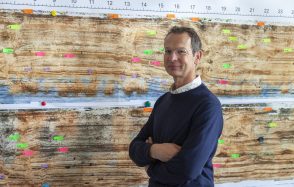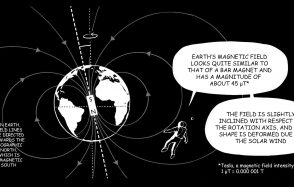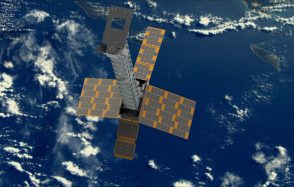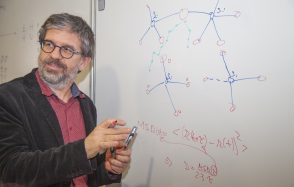Earthquakes and volcanoes in Mayotte: conclusions of the last two sea campaigns
The MAYOBS 3 and 4 campaigns identified a new lava flow and produced the first images of the seabed. Meetings and debriefings with the various stakeholders in Mayotte also took place on board the Marion Dufresne.
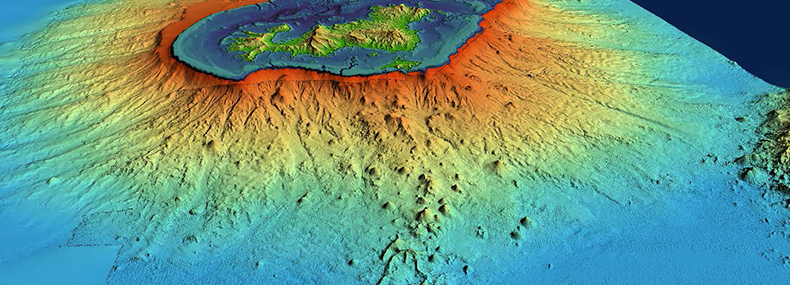
Publication date: 02/08/2019
Observatories, Press, Research
Related observatories : Volcanological and Seismological Monitoring Network of Mayotte (REVOSIMA)
Related themes : Natural Hazards




